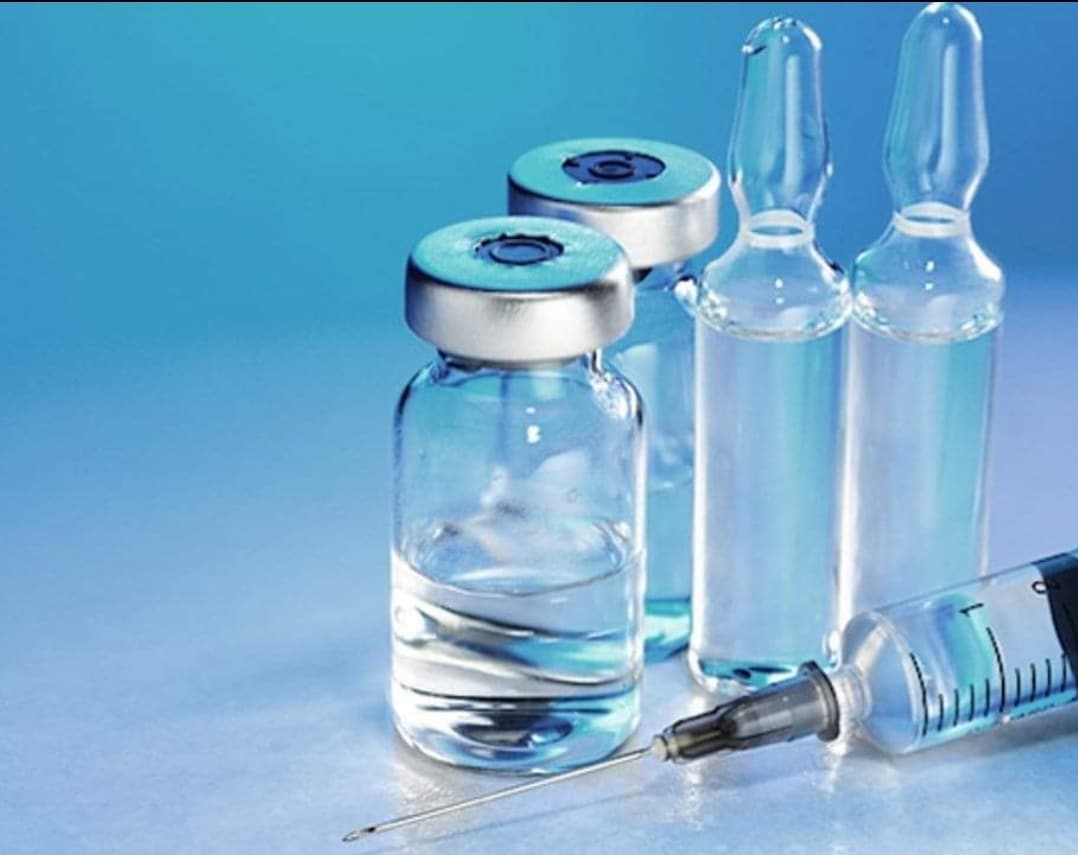USP Cytokine Release Assay Testing
The USP Cytokine Release Assay (CRA) is a critical testing method used to assess the safety and efficacy of injectable and parenteral pharmaceutical products. This test evaluates whether a drug or excipient can cause an unwanted immune response by measuring the release of cytokines from immune cells in the presence of the product.
The assay is particularly important for ensuring that injectable and parenteral products do not trigger adverse reactions, such as fever, rash, or more severe hypersensitivity responses. By quantifying the release of pro-inflammatory cytokines like Interleukin-6 (IL-6) and Tumor Necrosis Factor-alpha (TNF-α), this test provides valuable insights into the potential immunogenicity of a drug.
The procedure involves culturing immune cells, typically monocytes or macrophages, with the test substance. After incubation, the supernatant is analyzed for cytokine levels using immunoassays like ELISA (Enzyme-Linked Immunosorbent Assay). This method allows researchers to determine if the product can induce an unwanted immune response.
The USP CRA has become a standard procedure in pharmaceutical development, especially when evaluating novel biopharmaceuticals or modified release formulations. It helps identify potential issues early in the drug development process, ensuring that only safe and effective products reach the market. Compliance with this test is mandatory for certain injectable and parenteral drugs listed in the United States Pharmacopoeia (USP).
In addition to safety evaluations, the CRA can also be used to assess product stability over time or changes in manufacturing processes that could affect immunogenicity. This testing method is particularly relevant for biologics, where even small changes in formulation or process parameters can lead to significant differences in the drug’s immunogenic profile.
The USP CRA involves several key steps: cell culture setup, incubation with the test substance, cytokine measurement using ELISA, and data analysis. The assay is designed to be sensitive enough to detect even minor immune responses, making it a powerful tool for ensuring product safety. Compliance with this test is not only required by regulatory bodies like the USP but also recommended by international standards such as ISO 17025.
The results of the USP CRA are typically reported in terms of cytokine release units (CRU), which quantify the relative amount of cytokines released compared to a control sample. These units provide a standardized measure that can be used for comparative analysis across different batches or formulations. The assay is not only a regulatory requirement but also an essential part of the quality assurance process, ensuring that pharmaceutical products meet safety standards and do not pose undue risks to patients.
In conclusion, the USP Cytokine Release Assay Testing plays a crucial role in the development and quality control of injectable and parenteral pharmaceuticals. By providing insights into potential immunogenicity issues early in the drug development process, this test helps ensure that only safe and effective products reach the market.
Applied Standards
The USP Cytokine Release Assay Testing is regulated by several key standards. The primary standard for this testing method is outlined in the United States Pharmacopoeia (USP) Chapter 318: Biopharmaceuticals. This chapter provides detailed guidelines on how to perform the assay, including the selection of cell types, incubation conditions, and measurement techniques.
For international acceptance and recognition, compliance with ISO 17025 is essential. This standard ensures that laboratories performing the USP CRA meet rigorous quality management requirements. Additionally, the European Pharmacopoeia (Ph Eur) also includes specific guidelines for the Cytokine Release Assay in its chapter on Biopharmaceuticals.
The American Society for Testing and Materials (ASTM) also provides relevant standards that can be applied to the USP CRA. ASTM E2895-15 outlines procedures for quantifying cytokine release in biologic products, which align closely with the USP approach.
International acceptance of the USP CRA is widespread among regulatory agencies and pharmaceutical companies worldwide. Compliance with this test ensures that injectable and parenteral drugs meet global safety standards and can be approved for use across multiple markets. The harmonization of testing methods through adherence to these standards facilitates international collaboration and trade in pharmaceutical products.
Why Choose This Test
- Comprehensive Safety Evaluation: The USP Cytokine Release Assay Testing provides a comprehensive evaluation of the potential immunogenicity of injectable and parenteral products. By measuring cytokine release, this test helps identify drugs that may cause adverse immune responses.
- Precision in Measurement: This testing method is highly precise, allowing for accurate quantification of cytokine levels even at low concentrations. The use of ELISA ensures reliable and reproducible results.
- Regulatory Compliance: Compliance with the USP CRA is mandatory for certain injectable and parenteral drugs listed in the United States Pharmacopoeia, ensuring that pharmaceutical products meet stringent safety standards.
- Early Detection of Issues: The assay can detect potential immunogenicity issues early in the drug development process. This allows for corrective actions to be taken before clinical trials or commercial release.
- International Recognition: Compliance with this test is recognized by regulatory bodies worldwide, ensuring that pharmaceutical products meet global safety standards and can be approved for use across multiple markets.
International Acceptance and Recognition
The USP Cytokine Release Assay Testing is widely accepted by regulatory bodies around the world. The United States Food and Drug Administration (FDA), European Medicines Agency (EMA), and other national health authorities recognize this test as a critical component of ensuring the safety of injectable and parenteral products.
The assay’s compliance with ISO 17025 ensures that laboratories performing the test meet rigorous quality management requirements. This standardization enhances the reliability and consistency of results across different testing facilities, contributing to international acceptance and recognition.
Pharmaceutical companies often use this test as part of their quality assurance processes to ensure product safety. By adhering to these standards, pharmaceutical manufacturers can demonstrate compliance with global regulatory requirements and gain broader market access for their products.





